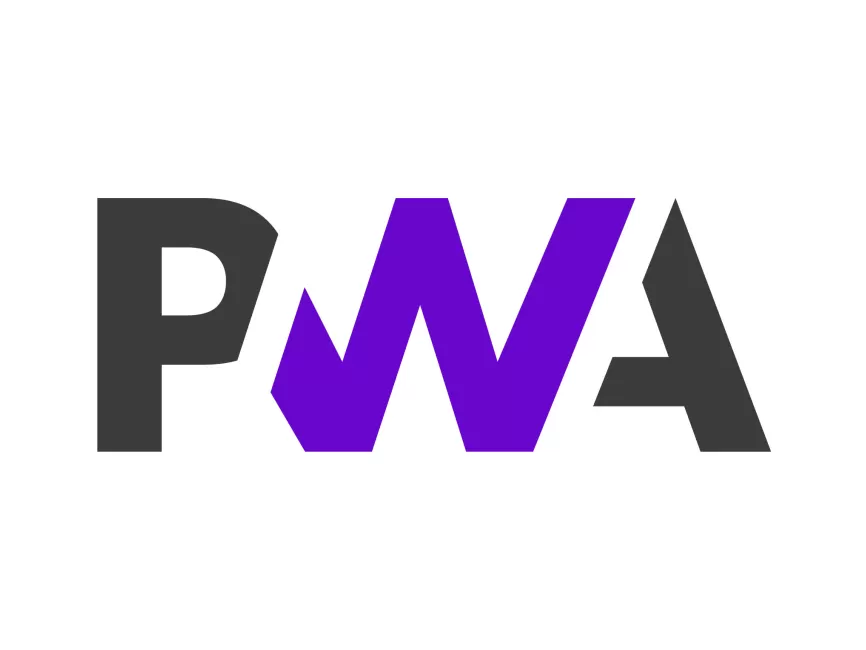Web development has been around since the early 90s but it’s a lot different now than what it used to be back then. Just like computers aren’t quite the same, websites aren’t either. And with that, the tools it takes to create these websites are a lot different now.
Anyone that’s been on the internet long enough, knows what a 90s website looks like. Barely a space to breathe and filled to the brim with seemingly random elements that the creator may have had preferences for, these websites were truly a work of art. Just take a look at them yourself.
If it was supposed to be a professional website, it would be filled with links leading to long reads. This is what a professional website in the 90s looked like:
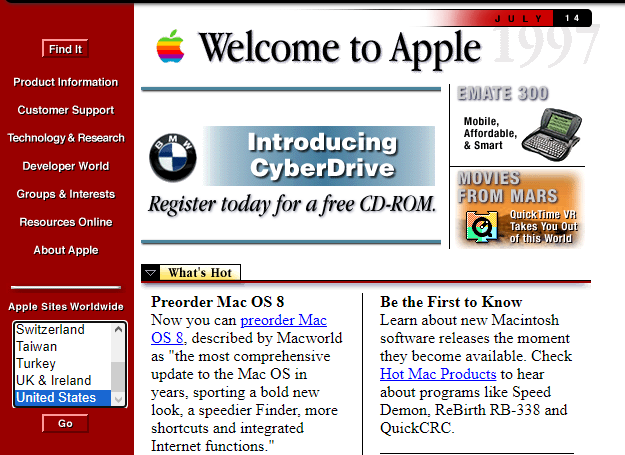
And of course, e-commerce sites like these:
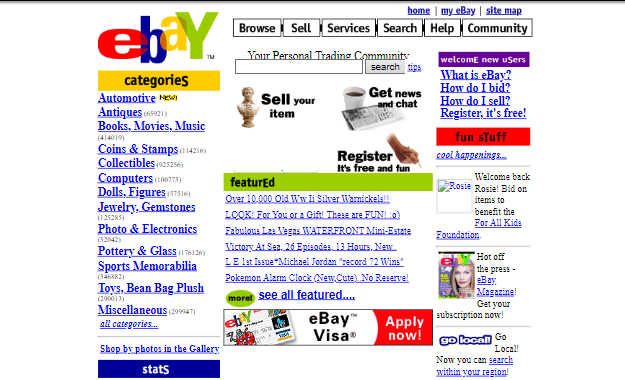
Craigslist still looks the same.
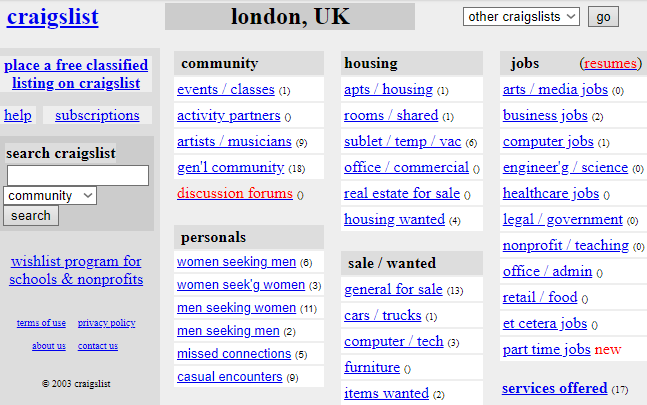
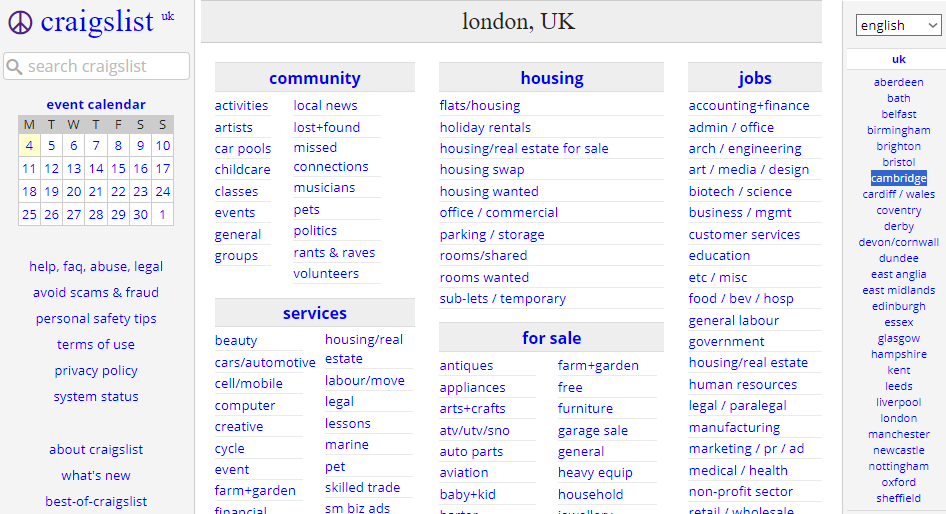
As far as cutting-edge web development is concerned, we’ve come to understand quite a lot of concepts regarding user interface and experience. What your average website looks like these days is much more of a cleaner, spaced out, organised look, although it isn’t rare to find some unique funky aspect in some professional websites.
The defining factor for today’s website is the tools and techniques that are now used to create them. Here is a look at 11 cutting-edge web development technologies that form the basis of websites in 2023.
1. Mobile-First Web Design
Mobile-first web design is one of those technologies that has seen many evolutions. It still remains the top priority for web developers.
For example, a tool that was widely popular for improving mobile experience is Accelerated Mobile Pages, or AMP for short. Google launched AMP in 2015 and for a couple of years, AMP was a ranking factor for search pages. To sum it up, AMP is optimised for mobile web browsing and reduces webpage loading time.
AMP, however, isn’t the latest. It has been replaced by better approaches. Google itself doesn’t care about AMPs anymore as they were removed in favour of other page experience metrics in 2021. Other browsers such as DuckDuckGo and Brave also announced in 2022 that they’ll automatically bypass AMP.
As normal web pages have evolved to have full functionality with Javascript and images, AMPs no longer form an important part of web development.
That said, mobile-first design hasn’t lost its purpose. In fact, with how mobile-driven everyone is, it is easy to see the advantages of responsive website design and for many, it is considered the first step of web development.
2. Progressive Web Apps
Progressive Web Apps or PWAs are built using HTML, CSS, Javascript, and WebAssembly. PWAs are a type of web page or website that work on all browsers that comply with appropriate web-standards. PWAs are used to build apps and websites that are cross-browser compatible.
They are usually built with a technique called progressive enhancement which is a web app strategy that ensures that all users are able to access the basic content and functionality of the website. The users that have better and additional browser features or that have a better Internet connection are shown the enhanced version of the webpage instead.
The advantage of using PWAs is that they maintain native-like use even without web connectivity. PWAs help improve loading time as they provide an initial static layout where content is loaded progressively as well as dynamically. For this reason, PWAs form an integral part of web development.
3. Motion UI
Motion UI design is directly related to user experience on the page. Incorporating animations and smooth transitions into websites is something that a good web developer would need to aim for.
Motion UI design is increasingly popular. The reason is quite clear. Websites with this sort of UI design feel much more natural and easy to navigate. They give off an air of coherence and connectivity. People like seeing interesting patterns taking shape. Simply moving a mouse on the screen or clicking somewhere becomes better with Motion UI.
Compared to the more rigid and blocky websites from the early days, Motion UI feels like a much more dynamic approach. Where the appeal is concerned, Motion UI does a fantastic job of providing visually-captivating websites.
4. Microservices Architecture
Microservices architecture is a great way to add flexibility to the website. An easy way to understand this is by considering an example of Legos.
Every component in Legos is a whole on its own but joined with another component it becomes something different. Although it won’t exactly suffer if it was independent, by coupling it with another component, the functionality of the pieces can be increased.
So in simple words, in this sort of structure, the goal is to minimise dependencies and hide complexity of the structure from the user. With a modular approach like this, the website becomes much more scalable and integration of additional components becomes much more effective.
Where organisations and web development agencies are concerned, the cost of communication is greatly reduced with a microservices architecture. And the production time is also reduced.
5. Voice Search
Voice search has been around for over a decade now but it only continues to get better. The name is self-explanatory so we won’t go into describing what voice search is.
Since voice search makes things much faster and easier, it has seen increasing popularity over the years. And since voice search has been getting better and better, the quality of its results is nothing to scoff at.
To add, voice searches can now be done in various languages. With digital assistants such as Siri and Cortana showing satisfactory results, voice search is now a preferred mode of searching for many people.
In terms of website, bigger sites are likely to benefit from voice search. In any case, during web development, optimising for voice search is crucial as many people continue to move towards this frontier.
6. AI Chatbots
AI is soaring in 2023. There have been quite a few advancements in chatbots in the past year alone and as many have confirmed, AI is the future. Everything is rapidly moving towards AI today. So it’s no wonder that websites are too.
AI chatbots are the cutting-edge version of customer support. With automated responses, it’s become far easier to help users and answer any queries they may have. This helps increase customer satisfaction and engagement. Since chatbots can be fed quite a bit of responses, it is easy to employ them on websites.
AI bots also help deliver specialised content based on some calculative responses. They may not be the most accurate solutions in some cases, but for general queries, these bots do a wonderful job. Chatbots also help in navigating the right content on the site and help users around the websites that may be a tad complex for beginners.
7. Single Page Applications
Single Page Applications also known as SPAs are web applications that dynamically rewrite the current web page with new data from the web server. While the default method is that the web browser loads entire new pages every time a user moves from one page to another, SPAs enable faster transitions. As a result, the website feels more like a native app.
As with SPAs, a page refresh never occurs, all necessary HTML, JavaScript, and CSS code only need to load once. When the user moves to a new page, the existing code is retrieved by the browser with a single page load. In some cases, instead of retrieving the code, the appropriate resources are dynamically loaded before being added to the page as necessary.
The biggest advantage of SPAs is that they are fast since only data is transmitted back and forth and only one piece of code exists. The process of web development is simplified with SPAs and becomes more streamlined. Moreover, SPAs eliminate the need to write code to render the pages on a server.
8. Blockchain APIs
Where commerce sites are concerned, blockchain proves to be a much more secure method of transactions. Blockchain has proved to be an important factor to consider during web development.
Blockchain is a decentralised, distributed and transparent digital ledger that allows for recording of transactions across many computers. This means that the record cannot be altered independently without changing all subsequent blocks and the consensus of the network that links up to that record.
As such, blockchain is a secure method of transactions. With various platforms opting for cryptocurrency as a payment method, incorporating blockchain APIs into the websites is only inevitable.
9. Augmented & Virtual Reality
Augmented Reality, shortened as AR, refers to an interactive experience that impacts the real world with perceptual information that is generated by a computer. Virtual Reality or VR, takes that to the next step. While AR is set in the real world with only a few computer-generated elements, VR is set in a whole different scape. Every single component of VR is computer-generated.
This fascinating cutting-edge technology is definitely something that has found its way into web development. Whether it be avatar creation or trying out virtual apparels, AR and VR are likely to see an increase in websites.
AR and VR hold special importance for game sites and certain types of e-commerce sites. In any case, this cutting-edge web development tool is definitely something to look forward to in the future of web development.
10. Cybersecurity
With so many technological advancements dropping in every day, cybersecurity is just as big a concern for web developers.
Threats such as Cross Site Scripting which help hackers scan websites for vulnerabilities and spy on users by stealing their credentials and sensitive information is one such privacy concern that needs to be addressed by web developers.
Of course, on a similar note, there’s leaked user data. This concern is especially valid for e-commerce sites where users are expected to enter their bank accounts and other sensitive information. It falls on web developers to deal with this threat.
Another issue is SQL injection which seeks to harm the website architecture, another matter to be cautious about.
Luckily, there’re solutions to all these problems. Using strong encryption, the right frameworks, parameterised queries and stored procedures are some of the many ways websites can be made secure. Sticking to a zero-trust model is the best cybersecurity approach for web development.
11. Dark Mode
With so many of us turning into night owls, not having a dark mode on a website is just torture. For some sites, having light mode is criminal. (Yes Reddit, we’re looking at you.)

But aside from the aesthetic appeal of a dark mode, which is even used during the day, there are some other benefits to it. Dark mode reduces blue light which is known to boost alertness and keep you awake. Eye strain is also reduced with a dark mode. And believe it or not, dark mode extends battery life.
The reason is quite simple, actually. Although dark mode doesn’t always mean black, it still is the most common option. With black colour as your background and general theme, a relatively fewer number of pixels need to be loaded. This means that your device doesn’t have to power as many pixels as light mode. And less power ultimately means a longer battery life.
From a UI perspective, dark mode is the clear winner and should be incorporated into websites.
Takeaway
Web development is likely to see even more changes in the years to come. Today’s bleeding-edge might be tomorrow’s cutting-edge. Always being on the lookout for new elements that you can integrate into your website is a good practice.
That said, it’s always best to stick to safe choices. Bleeding-edge might do you some good in some cases but may completely break down your web design. Using approved tools is always the way to go.



